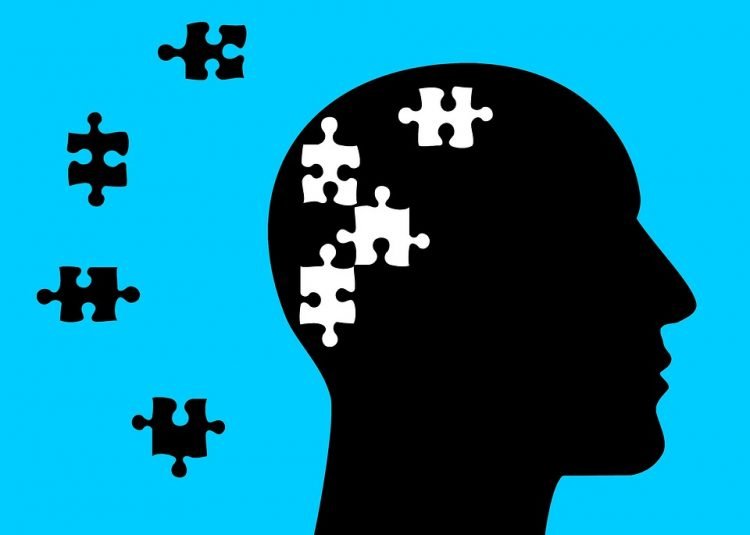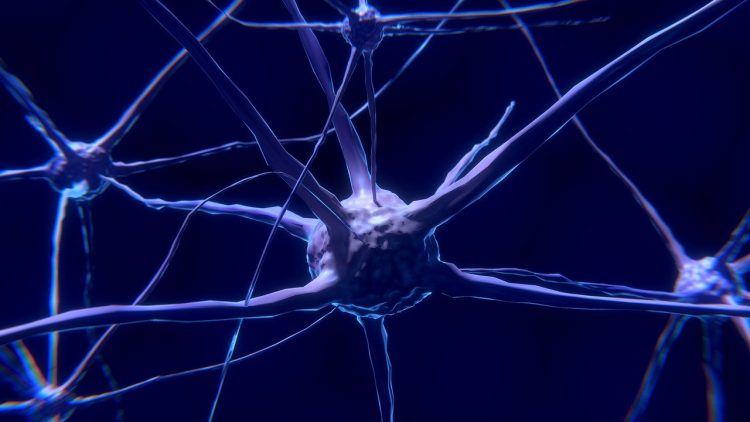
Blind Mind’s Eye – Bizarre Condition Prevents Man From Seeing Pictures in His Head
Published on January 14, 2021 at 2:46 PM by Mc Noel Kasinja
44-year-old Niel Kenmuir suffers from aphantashia, a rare and strange medical condition that prevents him from visualizing things in his head.
Niel first realized that there was something different about his brain when he was in primary school. He had trouble falling asleep at night, so his step-father told him to close his eyes and visualize a flock of sheep and count them as they jump over a fence, one by one. The problem was he couldn’t see anything when he closed his eyes, no sheep, no fence, nothing. Later on, he would discover that he had a blind mind’s eye, which means he cannot visualize anything, not even the face of loved ones.
“I can remember not understanding what ‘counting sheep’ entailed when I couldn’t sleep. I assumed they meant it in a figurative sense,” Kenmuir told the University of Exeter. “When I tried it myself, I found myself turning my head to watch invisible sheep fly by. I’ve spent years looking online for information about my condition, and finding nothing. I’m very happy that it is now being researched and defined.”
The concept of people who cannot visualize was originally identified in 1880, by Sir Francis Galton. A 20th century survey later suggested that this inability affected about 2.5% of the world’s population, but up until the last decade, it somehow remained largely unexplored by science and medicine. Now, the condition even has a name, aphantasia.
Although having a blind mind’s eye may not seem like that big of a deal, a more thorough analysis reveals some very serious issues. For example, Niel, who works in a bookshop in Lancaster, UK, loves to read, but he generally avoids books with vivid landscape descriptions, as they are basically meaningless to him.

“I just find myself going through the motion of reading the words without any image coming to mind,” he said. “I usually have to go back and read a passage about a visual description several times – it’s almost meaningless.”
Even when thinking about a special person in his life, like his fiancée, Niel doesn’t visualize anything with his mind’s eye. He can’t form a picture of her in his had, no matter how hard he tries. Instead, he relies his memory when asked to describe her.
“I know that today she has her hair in a bun, brunette, but I’m not describing an image that I’m looking at, I’m remembering features about her,” Kenmuir told the BBC.
Remembering loved ones that have passed away, imagining or reliving cinematic scenes in their head is apparently impossible for someone with aphantasia, which, for most people, is unimaginable…
Although describing the conditions that cause aphantasia in layman’s terms is complicated, Niel himself uses a very interesting analogy: “the mind’s eye is a canvas, and the neurons work together to project onto it. The neurons are all working fine, but I don’t have the canvas.”
On the other side of the spectrum we have conditions like synesthesia, which allows people to visualize things like sounds, letters or numbers as a symphony of colors and textures.


